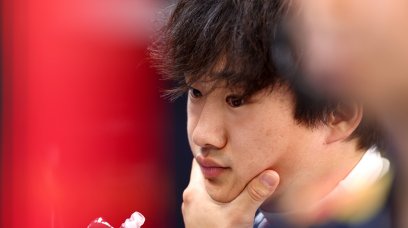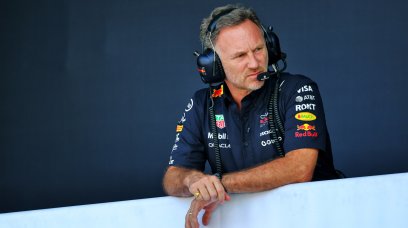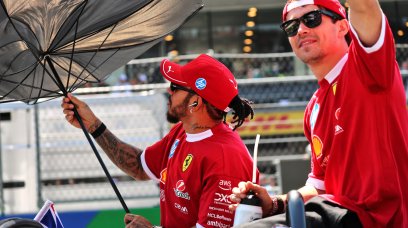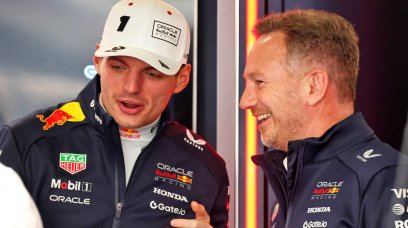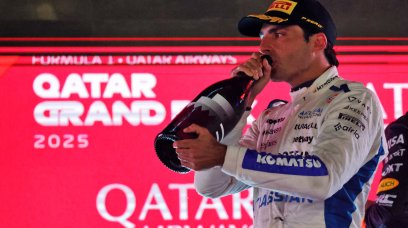The FIA has issued a technical directive to all the teams, tightening up areas of control with regard to rear wing flexibility. The idea behind this flex is relatively simple. As the aerodynamic load on the rear wing increases, the structure flexes backwards and further flattens to ensure less drag. As the air forces decrease again as the car slows or brakes, the aerodynamic performance then returns. It's an area in which rules have been constantly tightened up in recent years, especially with regard to the front wings Red Bull used to use almost a decade ago. The FIA has issued Technical Directive 18/21, RacingNews365.com has learned from technical sources. That TD explains that two of the four tests to check the rearward leaning of the rear wings are being tightened up. This would involve the so-called 'pullback test' and the 'vertical load test'. In both cases, the pressure exerted on the rear wing vertical supports is almost doubled. In the first test, the rear wing is pulled back, while in the second test weights are placed on the support supports. So the idea is that those pillars must be stiffer, and therefore less flexible, to withstand those increased forces. This directive has been issued just days after Mercedes' Lewis Hamilton continuously pointed out the 'bendy' rear wings on the Red Bull RB16B, suggesting that their cars were considerably faster down the straights during the Spanish GP weekend as a result of the flex. Speaking over the weekend, team boss Christian Horner explained that the rear wings had been checked by the FIA and were fully legal. “Of course, the cars are scrutineered thoroughly. There's pull back tests, and there's all kinds of different tests it has to pass,” he told media, including RacingNews365.com. “The FIA are completely happy with the car, that it has passed all of those tests that are pretty stringent.” However, Hamilton's comments are unlikely to be the root cause of the issuance of the technical directive. With extra detailed checks carried out on a single car at the end of each Grand Prix, Pierre Gasly's AT02 was selected after the Portuguese GP at Portimao. Extra attention was paid to the rear of the car, as well as the rear wing structure and diffuser. The car was found to be legal, but the timing of the technical directive would suggest that a small grey area could have been identified to cause the FIA to move to clarify the situation. Following the Spanish GP, the FIA selected McLaren's Lando Norris' MCL35M for similarly thorough checks. Technical directives serve as an addendum to the Technical Regulations, and are usually clarifications of possible loopholes or grey areas, and are legally enforceable by the stewards. This technical directive will become enforceable from the French GP onwards, meaning current designs and tests will be legal for the upcoming Monaco, Azerbaijan and Turkish races.
Most read

